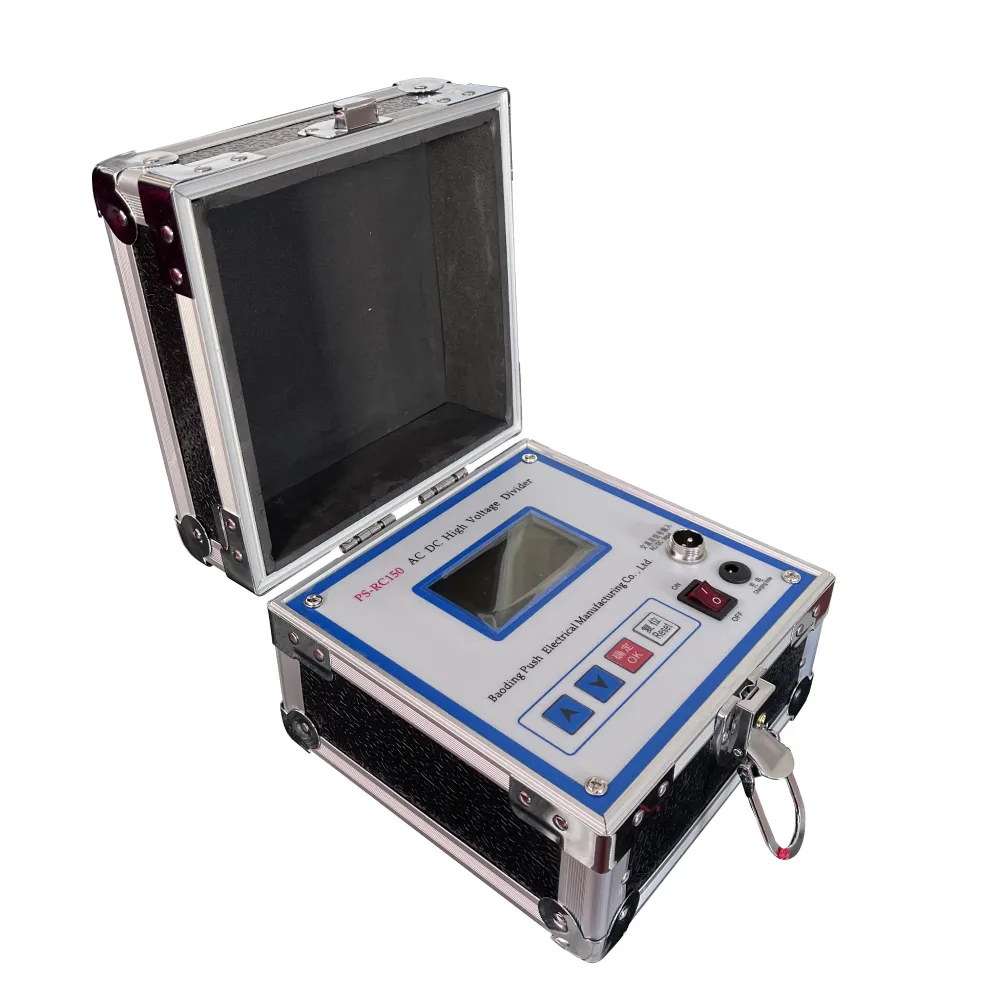 English
English



-
 Afrikaans
Afrikaans -
 Albanian
Albanian -
 Amharic
Amharic -
 Arabic
Arabic -
 Armenian
Armenian -
 Azerbaijani
Azerbaijani -
 Basque
Basque -
 Belarusian
Belarusian -
 Bengali
Bengali -
 Bosnian
Bosnian -
 Bulgarian
Bulgarian -
 Catalan
Catalan -
 Cebuano
Cebuano -
 China
China -
 China (Taiwan)
China (Taiwan) -
 Corsican
Corsican -
 Croatian
Croatian -
 Czech
Czech -
 Danish
Danish -
 Dutch
Dutch -
 English
English -
 Esperanto
Esperanto -
 Estonian
Estonian -
 Finnish
Finnish -
 French
French -
 Frisian
Frisian -
 Galician
Galician -
 Georgian
Georgian -
 German
German -
 Greek
Greek -
 Gujarati
Gujarati -
 Haitian Creole
Haitian Creole -
 hausa
hausa -
 hawaiian
hawaiian -
 Hebrew
Hebrew -
 Hindi
Hindi -
 Miao
Miao -
 Hungarian
Hungarian -
 Icelandic
Icelandic -
 igbo
igbo -
 Indonesian
Indonesian -
 irish
irish -
 Italian
Italian -
 Japanese
Japanese -
 Javanese
Javanese -
 Kannada
Kannada -
 kazakh
kazakh -
 Khmer
Khmer -
 Rwandese
Rwandese -
 Korean
Korean -
 Kurdish
Kurdish -
 Kyrgyz
Kyrgyz -
 Lao
Lao -
 Latin
Latin -
 Latvian
Latvian -
 Lithuanian
Lithuanian -
 Luxembourgish
Luxembourgish -
 Macedonian
Macedonian -
 Malgashi
Malgashi -
 Malay
Malay -
 Malayalam
Malayalam -
 Maltese
Maltese -
 Maori
Maori -
 Marathi
Marathi -
 Mongolian
Mongolian -
 Myanmar
Myanmar -
 Nepali
Nepali -
 Norwegian
Norwegian -
 Norwegian
Norwegian -
 Occitan
Occitan -
 Pashto
Pashto -
 Persian
Persian -
 Polish
Polish -
 Portuguese
Portuguese -
 Punjabi
Punjabi -
 Romanian
Romanian -
 Russian
Russian -
 Samoan
Samoan -
 Scottish Gaelic
Scottish Gaelic -
 Serbian
Serbian -
 Sesotho
Sesotho -
 Shona
Shona -
 Sindhi
Sindhi -
 Sinhala
Sinhala -
 Slovak
Slovak -
 Slovenian
Slovenian -
 Somali
Somali -
 Spanish
Spanish -
 Sundanese
Sundanese -
 Swahili
Swahili -
 Swedish
Swedish -
 Tagalog
Tagalog -
 Tajik
Tajik -
 Tamil
Tamil -
 Tatar
Tatar -
 Telugu
Telugu -
 Thai
Thai -
 Turkish
Turkish -
 Turkmen
Turkmen -
 Ukrainian
Ukrainian -
 Urdu
Urdu -
 Uighur
Uighur -
 Uzbek
Uzbek -
 Vietnamese
Vietnamese -
 Welsh
Welsh -
 Bantu
Bantu -
 Yiddish
Yiddish -
 Yoruba
Yoruba -
 Zulu
Zulu
pre commissioning test of power transformer
Pre-Commissioning Test of Power Transformer
Pre-commissioning tests for power transformers are critical steps in ensuring that the equipment operates safely and efficiently once it is brought into service. These tests help verify the integrity and performance of the transformer, as well as its compliance with design specifications and industry standards.
The pre-commissioning phase typically involves a series of comprehensive assessments designed to evaluate the physical and operational condition of the transformer. The primary objectives are to detect any potential issues that could lead to operational failures or safety hazards during its service life.
One of the first steps in the pre-commissioning process is to conduct a visual inspection of the transformer and its associated components. This inspection involves checking for any physical damage, ensuring that all connections are secure, and verifying that insulation materials are intact. Additionally, any signs of corrosion or contamination should be noted and addressed before proceeding with further testing.
After the visual inspection, electrical tests are conducted. One of the key electrical tests is the insulation resistance test. This test measures the resistance of the insulation material to ensure it is sufficiently high to prevent leakage currents. Guidelines typically require values exceeding 1,000 MΩ for high voltage transformers. If the results fall below acceptable limits, further investigation and remedial action are necessary.
pre commissioning test of power transformer

Another significant test is the power factor (DF) test. The power factor is an indicator of the quality of insulation within the transformer. During this test, alternating current is applied, and the power factor is calculated. A high power factor indicates good insulation quality, while a lower power factor suggests insulation degradation, which may warrant further inspection or replacement of components.
Following electrical tests, the transformer is subjected to a series of functional tests. One essential functional test is the transformer turns ratio (TTR) test. This test assesses the voltage ratio between the primary and secondary windings and ensures it aligns with the design specifications. Significant deviations could indicate issues such as winding short circuits or incorrect connections.
Thermal imaging can also be employed during the pre-commissioning phase to detect hot spots that may result from loose connections or internal faults. This non-invasive technique provides insights into the operational state of the transformer under load and can highlight potential problems before they escalate.
Finally, after all tests are conducted, the results should be documented comprehensively. This documentation serves as a valuable resource for future maintenance and troubleshooting efforts. It is vital that all findings, whether positive or negative, are reported accurately to ensure that any necessary corrective actions can be taken before the transformer is commissioned for service.
In conclusion, pre-commissioning tests play a fundamental role in the lifecycle of power transformers. By identifying and addressing potential issues prior to commissioning, these tests help promote reliability, efficiency, and safety, ultimately contributing to the overall stability of the electrical grid. As technology evolves, these testing methods will continue to adapt, ensuring that power transformers meet the increasing demands of modern energy systems.
-
Testing Equipment Industry Sees Major Advancements in 2025: Smart & Precision Technologies Lead the WayNewsJun.06,2025
-
Applications of Direct Current Generators in Renewable Energy SystemsNewsJun.05,2025
-
Hipot Tester Calibration and Accuracy GuidelinesNewsJun.05,2025
-
Digital Circuit Breaker Analyzer Features and BenefitsNewsJun.05,2025
-
Benefits of Real-Time Power Quality Monitoring Devices for Industrial EfficiencyNewsJun.05,2025
-
Earth Fault Loop Testing in High-Rise Building Electrical SystemsNewsJun.05,2025



